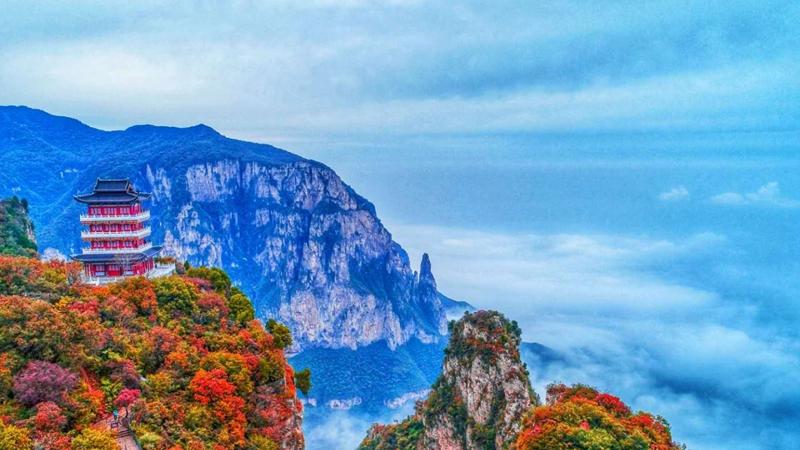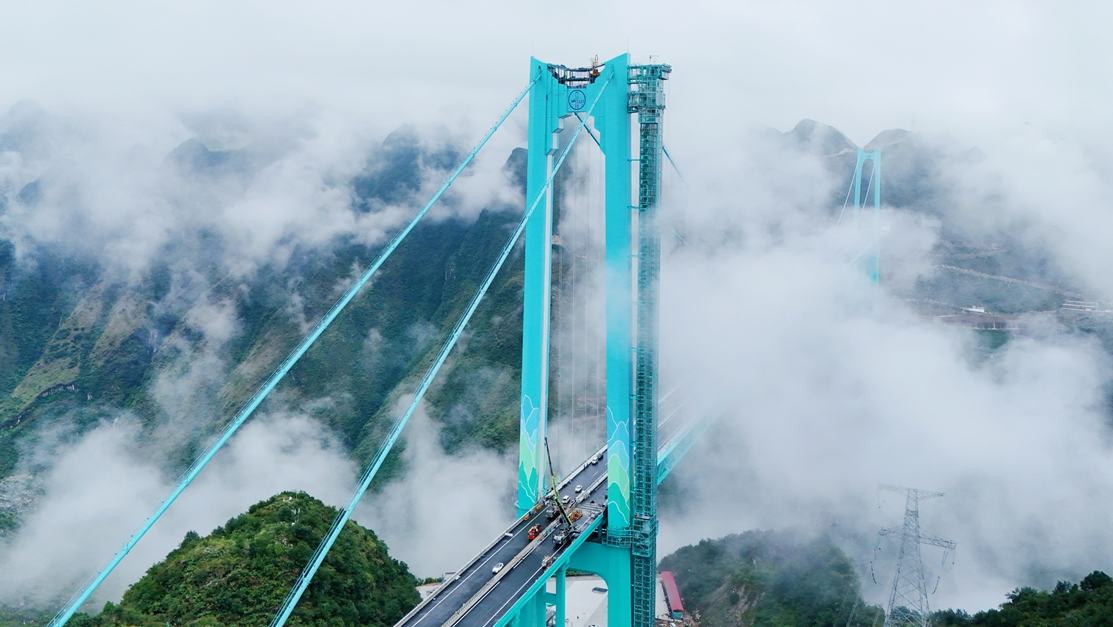Xinjiang at 70: Successful governance a model for the global community
Editor's Note:
2025 marks the 70th anniversary of the establishment of Xinjiang Uygur Autonomous Region in Northwest China. Since the founding of the region, earthshaking changes have been taking place in the region, and Xinjiang has joined the rest of the country in embarking on a new journey of building a modern socialist country in all respects.
To mark this milestone, the Global Times invited five scholars from China and abroad who have visited Xinjiang to share their observations. From the perspectives of geostrategic significance, environmental protection, social security, cultural diversity and high-quality development, they provide vivid firsthand insights that help the world better understand China's governance approach in Xinjiang and discover the story of Xinjiang in the new era.
Adil Kaukenov, head of the Kazakhstan "One belt - One road" science-education center
Today, Xinjiang is a key region in the implementation of the Belt and Road Initiative (BRI) along the western overland route. For Central Asian countries, which are close to Xinjiang in terms of cultural and civilizational parameters, it is essential to consolidate Xinjiang's role as an economic, transport-logistics, trade, cultural and scientific-educational center, thereby opening new routes to the Mediterranean coast and onward to Europe, as well as through the Gulf countries toward the African continent.
Virtually all trade and economic corridors of the Silk Road leading into China from Central Asia pass through the territory of Xinjiang. The dynamic development of Xinjiang and further implementation of the BRI will play an important role for Central Asian countries in the coming decade. Above all, this means embedding the region into the global economic system.
The historical and cultural affinity between the peoples of Central Asia and Xinjiang should serve as a unifying factor, since the importance of maintaining peace, progress, cooperation and mutually beneficial relations is the lesson China has learned in the course of modernization, something the countries of the region can also learn from and aspire to.
Jean Pégouret, president and founder of the Saphir Eurasia Promotion agency and a French expert on geopolitics
China has had to overcome a unique set of challenges to improve and protect the Xinjiang environment. The following examples illustrate the diversity and scale of projects carried out in Xinjiang to address environmental challenges and support human and economic development. They serve as a model for the global community, both in terms of technical content and the governance that made their success possible.
The Turpan-Hami Basin, with some of the highest sunshine levels in China, has become a major hub for photovoltaic energy. Solar farms here stretch across square kilometers.
Dabancheng wind farm is one of China's most famous. Located in a Tianshan Mountain pass renowned for its strong, steady winds, it hosts many turbines and has become a symbol of the region's energy transition.
These projects have helped Xinjiang become an exporter of electricity to other parts of China, with 30 percent of this power coming from renewable sources. The country's vast network of high-voltage transmission lines is striking. Here, Xinjiang's large desert areas and low population density have become distinct advantages.
The production and transmission of renewable wind and solar power demonstrates China's determination to build a development model in which environmental protection, quality of life, sustainable economic growth, and investment in future energy are seen as inseparable goals for the region's future.
Carlos Martinez, British author and independent political commentator
It could be argued that Xinjiang lies at the heart of China's vision of a shared future for humanity, connecting the entire Eurasian supercontinent through trade, infrastructure and energy networks, and promoting development, sustainability and people-to-people friendship. For the same reason, Xinjiang occupies pride of place in the US-led campaign of containment, encirclement, destabilization and demonization of China. By spreading slanders about human rights abuses in Xinjiang, and by fomenting separatism and instability, the US and its allies hope to disrupt China's development and its relationships with the countries of Central Asia, the Middle East, Africa and Europe.
Over the past seven decades, China has built a "strategic barrier" in Xinjiang to safeguard its geopolitical security. This entails a comprehensive set of policies: promoting economic development and poverty alleviation to improve people's livelihoods, strengthening ethnic unity and cultural exchange, intensifying counter-terrorism and de-radicalization measures and investing heavily in infrastructure, education, healthcare and renewable energy. Taken together, these policies aim to eliminate the soil in which separatism and extremism might grow, while ensuring Xinjiang is a secure and prosperous gateway for China's engagement with Eurasia.
Hamed Vafaei, chair of Chinese Language and Literature at the University of Tehran
As an Iranian sinologist, I have a deep affection for the cultural intersections along the Silk Road. Visiting Xinjiang in person has convinced me that this region is not only a geographical crossroads but also a cultural bridge. In contrast to the biases of some Western media, what I have witnessed is a vibrant landscape: people living in peace and contentment, with culture flowing endlessly like the Silk Road itself. This land has taught me that Chinese culture is not confined to books, but awakens in the everyday life of the people.
During the harvest season in Grape Valley, farmers laughed and chatted, reaping not only fruits but also the farming wisdom passed down through generations. In Uygur music, the strings of the rewap, a traditional Uygur plucked string instrument, tell stories of nomadic memories. Government-backed ecological projects have turned deserts into oases and improved people's livelihoods: schools teaching multilingual cultures, hospitals serving all ethnic groups. This harmony moves me deeply - Xinjiang's "stability" is like the "rose garden" of the Persian poet Rumi: unity blossoming in diversity.
Qi Xin, professor of Ocean University of China
As a scholar who has long been engaged in aquaculture research, I have personally witnessed how Xinjiang, in the course of advancing high-quality development in the new era, has transformed its resource advantages into development strengths, evolving from "the place farthest from the sea" into a modern hub for aquaculture.
Building on these natural endowments and driven by industrial development, Xinjiang's total aquatic product output reached 192,500 tons in 2024. Aquaculture has become an important pillar for increasing incomes in local fishing communities.
Even more encouraging is Xinjiang's steady integration into global markets. Leveraging the Belt and Road Initiative, Xinjiang agricultural products is entering international markets at an accelerating pace, boosting both industrial value and social benefits, and serving as a bridge that connects Xinjiang with dining tables around the world.
Looking ahead, it is foreseeable that as the BRI continues to deepen, the comprehensive solutions Xinjiang has developed in recirculating aquaculture systems will offer replicable and scalable "Chinese solutions" for arid regions worldwide that lack traditional water resources.
This represents not only the future blueprint of Xinjiang's aquaculture industry, but also an important manifestation of Xinjiang's continued leadership in high-quality development to serve the nation while reaching out to the world.
Photos
Related Stories
- Grassland justice delivered on horseback
- Apricot farming drives growth in Kuqa, NW China's Xinjiang
- NW China's Xinjiang cultivates thriving textile and garment industry
- China's Xinjiang transforms deserts into renewable energy goldmine
- Central delegation continues to visit officials, residents in multiple areas of Xinjiang
- Chinese melon city taps science to cultivate quality, sweetness
Copyright © 2025 People's Daily Online. All Rights Reserved.









